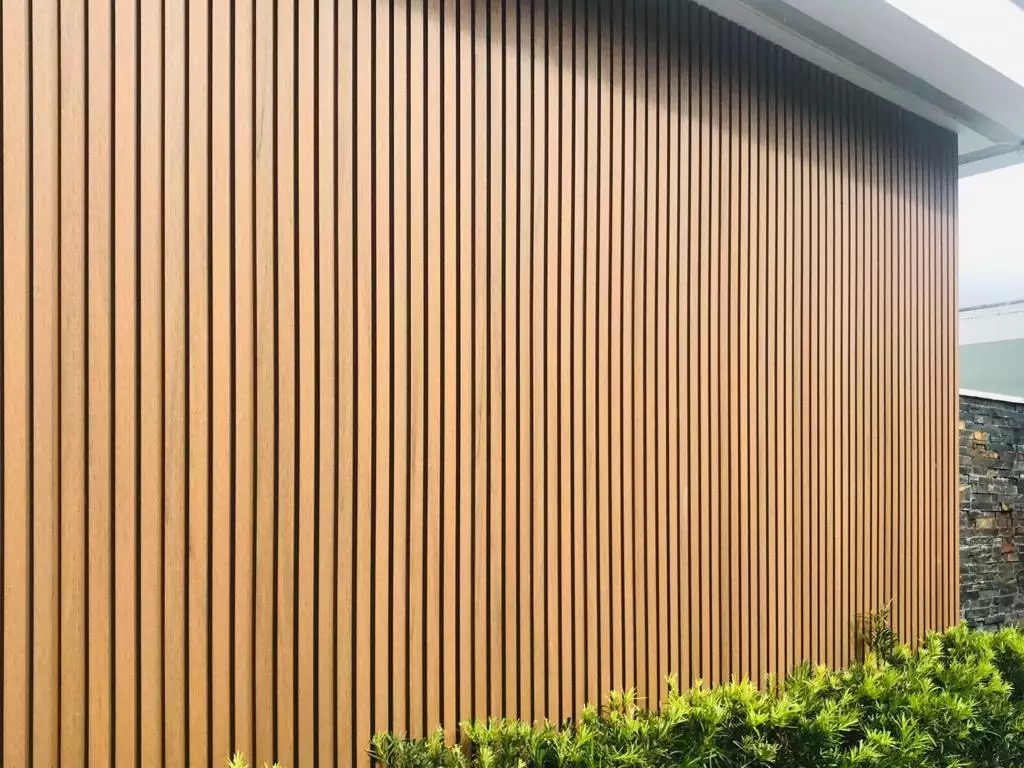Understanding the different terminologies used for outside walls can help homeowners, contractors, and DIY enthusiasts make informed decisions about the materials and techniques they use for exterior designs. This guide covers important terms related to the construction and enhancement of outside walls, focusing on wood paneling and related materials.
Types of Outside Walls
When discussing outside walls, it’s crucial to understand the various types available. These types not only affect the aesthetic appeal of your home but also play a role in its insulation, weather resistance, and durability.
1. Brick Walls
- Brick walls are a traditional choice for outside walls, known for their durability and fire resistance. Bricks offer a classic look and are energy efficient due to their thermal mass.
2. Vinyl Siding
- Vinyl siding is a popular option for outside walls due to its affordability and ease of maintenance. It comes in various colors and textures, making it a versatile choice.
3. Wood Paneling
- Wood paneling, such as the premium panels offered by Wood Panel Wall USA, provides a luxurious and natural look for outside walls. Oak and other high-quality woods are used to create a unique, sophisticated exterior that enhances the beauty of residential and commercial spaces.
Materials for Outside Walls
Selecting the right materials for outside walls ensures longevity and performance. Each material has its strengths, from energy efficiency to aesthetic appeal.
1. Natural Oak Wood Panels
- Oak is a durable and aesthetically pleasing material, often used for outside walls. It is a robust option that adds warmth and natural beauty to exteriors.
2. MDF Wood Veneer
- MDF wood veneer is another common material for outside walls. This engineered wood is highly versatile, providing both strength and a smooth finish suitable for painting or additional treatments.
3. WPC Panels
- Wood-Plastic Composite (WPC) is designed for outdoor use. It is a blend of wood fibers and plastic, which makes it highly resistant to weather conditions, rot, and termites. WPC panels are an ideal choice for homeowners looking for durable, low-maintenance outside walls.
Benefits of Wood Paneling for Outside Walls
When used for outside walls, wood paneling offers several advantages, making it a top choice for both residential and commercial properties.
1. Aesthetic Appeal
- Wood paneling adds a natural, elegant touch to the outside walls of a home. It offers various design options, from sleek, modern panels to rustic, traditional finishes.
2. Durability
- High-quality wood panels, such as those offered by Wood Panel Wall USA, are designed to withstand the elements. They provide long-lasting protection against wind, rain, and sun exposure(Wood Panel Wall USA).
3. Environmentally Friendly
- Wood paneling is often sourced from sustainable forests, ensuring an eco-friendly option for outside walls. This material reduces the carbon footprint while enhancing the home’s visual appeal.
Installation of Outside Walls
The installation process of outside walls involves several steps to ensure proper attachment and durability.
1. Preparation
- The first step in installing outside walls is preparing the surface. This includes cleaning and ensuring the surface is level and free from debris.
2. Application of Panels
- When applying wood panels to outside walls, it’s important to follow a structured method. Start from the bottom and work your way up, securing each panel with nails or adhesives as recommended by the manufacturer.
3. Sealing and Finishing
- After the wood panels are installed on the outside walls, sealants and finishes are applied to protect them from the elements. This step is crucial for extending the life of the materials.
Maintenance Tips for Outside Walls
Regular upkeep is essential to maintain the integrity and appearance of outside walls.
1. Cleaning
- Cleaning your outside walls helps prevent the buildup of dirt, mold, and mildew. Use a soft brush or pressure washer on wood paneling to keep it looking fresh and vibrant.
2. Inspect for Damage
- Regular inspections of outside walls allow you to spot damage early. Look for cracks, warping, or fading that may indicate the need for repairs.
3. Reapply Sealant
- For wood paneling, it’s recommended to reapply sealant every few years to maintain its protective qualities and appearance.
Common Terminology for Outside Walls
Understanding the terminology related to outside walls can help when selecting materials or communicating with professionals.
- Slat: A narrow strip of wood used in paneling. Slats are often used in wood panels to create a sleek, modern look on outside walls.
- Felt: Acoustic felt is sometimes used behind wood panels to dampen sound, though its use on outside walls is rare, it adds extra soundproofing for buildings near busy roads.
- Surface: Refers to the visible outermost layer of the outside walls. In wood paneling, this is typically where finishes or textures are applied for aesthetic appeal.
FAQs
-
How often should I maintain wood paneling on outside walls?
It’s recommended to clean and inspect wood paneling on outside walls annually, with sealant reapplication every 3-5 years.
-
Are wood panels suitable for all climates?
Yes, high-quality wood panels are designed to withstand a range of weather conditions when properly installed and maintained.
-
Can I install wood panels on my outside walls myself?
While DIY installation is possible, professional installation is recommended for the best results, especially for large exterior projects.
-
What is the best material for outside walls in rainy areas?
Wood-Plastic Composite (WPC) panels are an excellent choice for rainy climates due to their water resistance and durability.
-
Do wood panels help with insulation?
Yes, wood panels can provide extra insulation for outside walls, helping to regulate temperature and improve energy efficiency.








